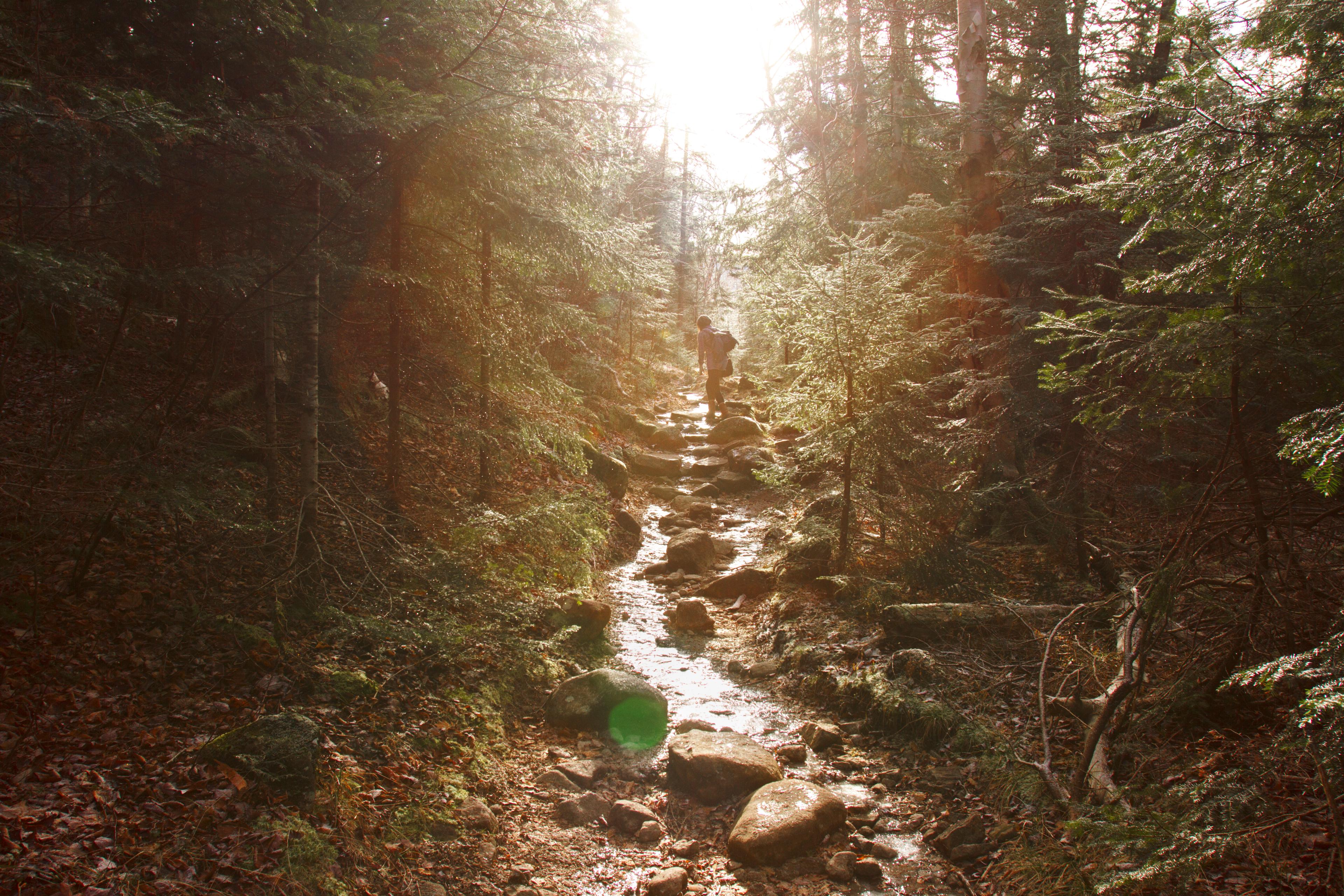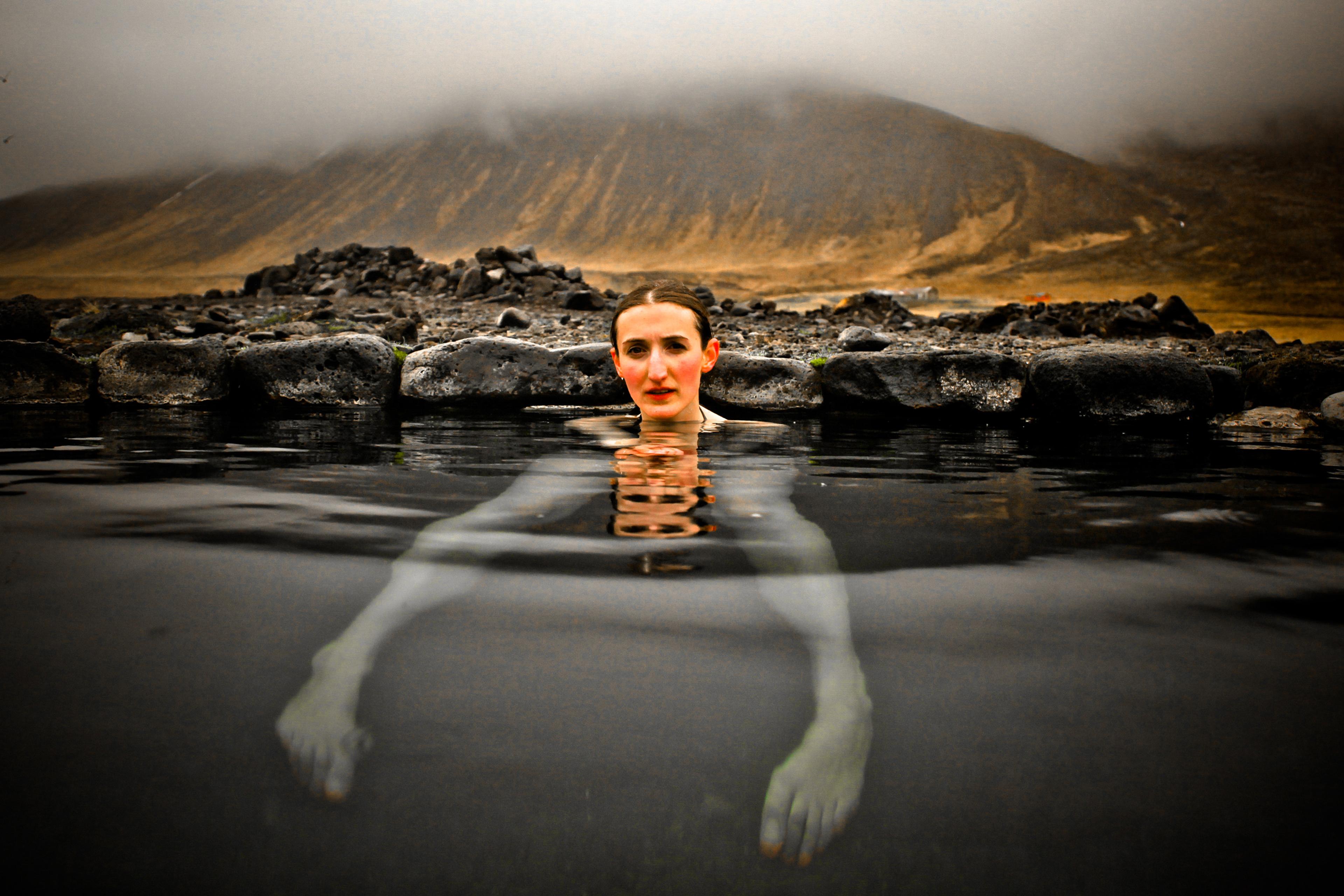Spending a few months in a small cabin on a mountaintop, scanning the surroundings for signs of wildfires, involves long stretches of solitude and requires a particular mix of patience and attentiveness. It’s this distinctive sort of immersion in nature that Jim Henterly relishes for a portion of each year, leaving his family to take up watch at Desolation Peak in the North Cascade Mountains of Washington state. An illustrator and a naturalist who has been a lookout for some 25 years, Henterly is not the first to connect this work with an artistic practice – in his corner of the Pacific Northwest alone, the American poets Philip Whalen, Gary Snyder and Jack Kerouac all spent time as lookouts. But, as technology and budget cuts reduce the reliance on people to spot blazes, Henterly has turned the work into a means of chronicling the unique relationship between lookouts and wilderness, with the hope of keeping the history alive – if not the role of the lookout itself.
The short documentary Ode to Desolation by the US filmmaker Lindsey Hagen takes us up to Henterly’s lookout and the forested mountains he watches over, simultaneously offering a sense of his daily rhythms and his worldview. Interweaving Henterly’s free-flowing musings, his drawings and photos, and the views and sounds of the lookout, Hagen pieces together fragments to form a cohesive whole – life with a young family in tiny cabins, years of work in the Forest Service, and the United States’ evolving relationship to its wilderness. Like a kaleidoscope that reorganises its varied pieces into new patterns with each turn, the film provides brief but substantive perspectives on nature, Henterly’s lifelong commitments to observing, preserving and depicting the natural world representing a deeply considered way for us to understand – and love – our role in it.
Written by Kellen Quinn







